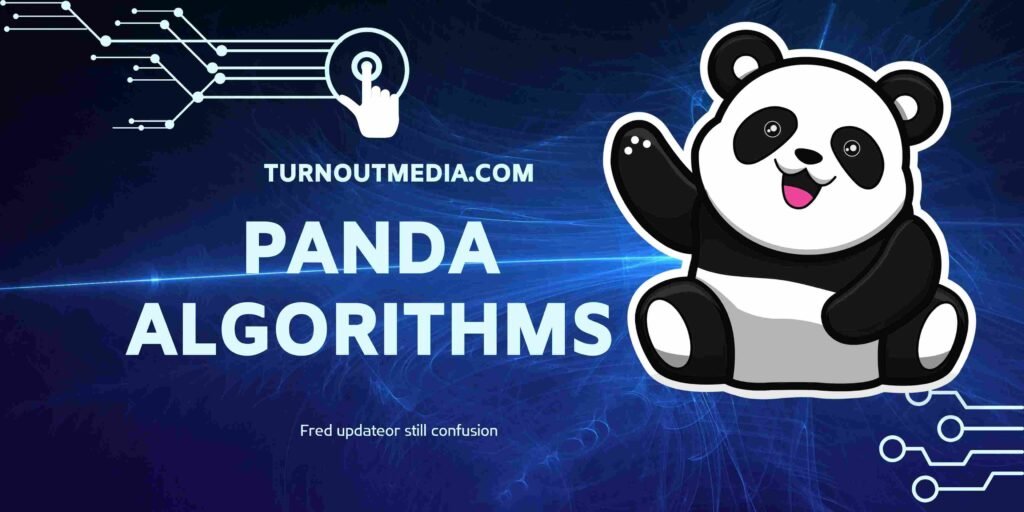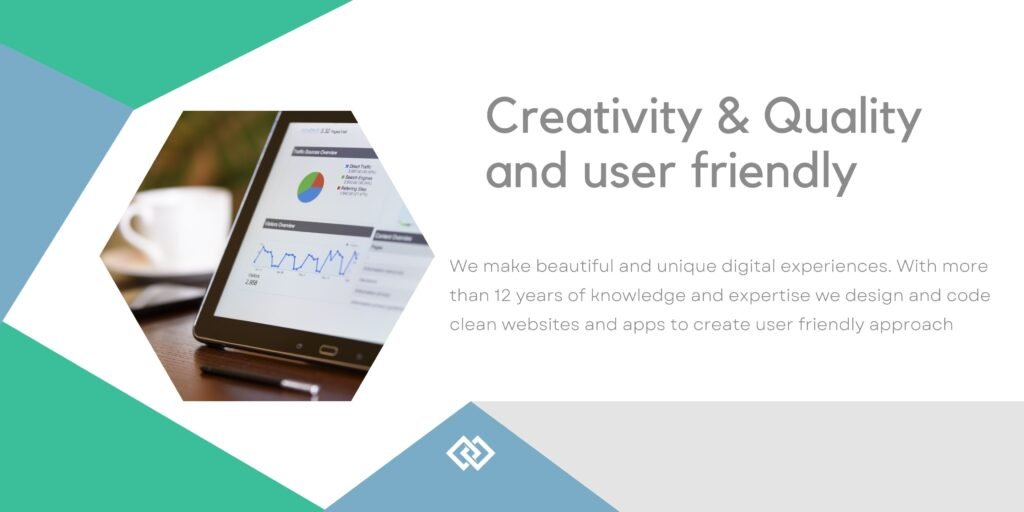
Introduction
Google is the market king of search engines, and its algorithms are the guardians of the digital gateway to the world’s information. These algorithms are continuously evolving to provide users with the most important and high-quality search results. In this 10,000-word blog post, we will embark on a journey through the history of Google’s algorithm updates.
This comprehensive guide will cover significant algorithm updates from the early days of Google to the latest developments, as of my last knowledge update in September 2021. We will explore the significance of each update, how it impacted website rankings, and what web admins and digital marketers should consider to stay one step aheadin the ever-changing landscape of search engine optimization (SEO).

Table of Contents
I. The Birth of Google
II. Pre-Google Algorithm Updates
III. The Early Google Algorithm Updates
IV. The Era of Penguin and Panda
V. Hummingbird and Beyond
VI. Mobilegeddon and Mobile-First Indexing
VII. The BERT Revolution
VIII. The Core Web Vitals Update
IX. Page Experience Update
X. The Future of Google Algorithm Updates
I. The Birth of Google
Before we delve into Google’s algorithm updates, let’s briefly recount how Google came into existence. In 1998, Larry Page and Sergey Brin, two students at Stanford University, founded Google as a search engine that would revolutionize the way information is accessed and ranked on the internet.
Google’s first algorithm, initially known as Backrub, was developed by Page and Brin while they were still in college. This algorithm ranked web pages based on the number of backlinks they received, considering each link as a vote of confidence in a website’s value and relevance. The more votes a web page had, the higher it ranked in search results.
In 1997, Backrub was renamed Google, a play on the mathematical term “googol,” representing the immense number of web pages Google aimed to organize and make accessible. This marked the birth of the modern Google search engine.
II. Pre-Google Algorithm Updates
Before Google’s dominance, the search engine landscape was vastly different. Popular search engines like AltaVista, Yahoo, and Lycos relied on simple algorithms and human-curated directories to rank web pages. These algorithms often favored web pages that used keyword stuffing and other manipulative techniques.
Google’s innovative approach, using backlinks as a core ranking factor, was a game-changer. It focused on the quality and relevance of web content rather than keyword density alone. However, as the web evolved, Google realized it needed to adapt its algorithms to maintain its position as the leading search engine.
III. The Early Google Algorithm Updates
Google’s early algorithm updates were primarily aimed at improving the potential and relevance of search results. Some notable early updates include:
- PageRank (1996): This was Google’s original algorithm, which ranked web pages is basess on the number and quality of backlinks. It was the foundation upon which Google’s future algorithms were built.
- Google Toolbar (2000): The Google Toolbar allowed users to see the PageRank of a web page. This gave website owners and SEO professionals valuable insights into the perceived authority of their sites.
- Boston (2003): The Boston update marked the first visible dance of Google’s algorithms. It resulted in ranking fluctuations, and web admins began noticing that Google’s ranking algorithms were in constant flux.
- Florida (2003): The Florida update targeted websites that used manipulative tactics like keyword stuffing and hidden text. Many websites experienced significant drops in rankings, leading to the birth of the term “Google dance.”
These early updates set the stage for more significant algorithm changes that would transform the SEO landscape in the years to come.
IV. The Era of Penguin and Panda
The years 2011 and 2012 saw some of the most significant and game-changing updates in Google’s history. These updates were aimed at improving search quality and combating web spam. They were named after animals, giving rise to the “Penguin” and “Panda” updates.
- Panda (February 2011): The Panda update focused on content quality. It penalized websites with low-quality or thin content while rewarding those with high-quality, original, and engaging content. It forced web admins to focus on content quality rather than quantity.
- Penguin (April 2012): The Penguin update targeted manipulative link-building practices. Websites that engaged in practices like buying backlinks, keyword stuffing, and over-optimization were penalized. It emphasized the importance of natural, organic link-building.
These updates had a profound impact on SEO strategies. Websites had to clean up their act and invest in quality content and ethical SEO practices. Google’s algorithms were becoming more brilliant, and it was clear that the search engine was determined to reward high-quality websites while penalizing those using shortcuts to manipulate rankings.
V. Hummingbird and Beyond
As we move forward in our journey through Google’s algorithm updates, we enter the era of more sophisticated algorithms and a focus on user intent and semantics.
- Hummingbird (August 2013): The Hummingbird update marked a significant shift in Google’s approach to search. It aimed to understand the context and intent behind user queries. This update introduced the concept of the Knowledge Graph, providing more prosperous, more informative search results.
- Mobilegeddon (April 2015): With the Mobilegeddon update, Google started giving preference to mobile-friendly websites in mobile search results. This was a response to the growing use of smartphones and the need for a better mobile user experience.
- RankBrain (October 2015): RankBrain was a machine learning algorithm that helped Google better understand and interpret search queries. It used artificial intelligence to improve search results and make sense of ambiguous or previously unseen queries.
These updates marked Google’s commitment to understanding user intent and delivering highly relevant search results. Web admins and SEO professionals had to adapt to these changes by focusing on user experience, mobile optimization, and content that directly addressed user needs.
VI. Mobilegeddon and Mobile-First Indexing
Mobile devices became the primary gateway to the internet, and Google adapted its algorithms to reflect this shift. In March 2018, Google announced the rollout of mobile-first indexing, a move that solidified the importance of mobile optimization.
Mobile-First Indexing (March 2018): With this update, Google began using the mobile version of a website as the primary version for ranking and indexing. This meant that websites needed to be responsive and mobile-friendly to maintain or improve their rankings. Google’s “Mobile-Friendly Test” became an essential tool for webmasters.
The significance of this update was evident in the fact that Google shifted its focus from desktop to mobile, recognizing that mobile users were now the majority. This marked a turning point in web development and SEO, with the need to prioritize mobile user experiences.
VII. The BERT Revolution
In late 2019, Google introduced one of the most transformative updates in recent years: BERT, which stands for Bidirectional Encoder Representations from Transformers.
BERT (October 2019): BERT was a natural language processing (NLP) algorithm designed to understand the context of words in a search query. It allowed Google to understand the nuances of human language better, including prepositions, context, and the relationships between words. BERT aimed to provide more accurate and context-aware search results.
The BERT update had a profound impact on search results, helping Google better understand user intent and deliver more relevant results. Web admins and content creators needed to focus on providing straightforward, context-rich content to align with BERT’s capabilities.
VIII. The Core Web Vitals Update
As user experience continued to be a priority for Google, the Core Web Vitals update was introduced.
Core Web Vitals (June 2021): This update emphasized the importance of page speed, interactivity, and visual stability as critical factors in the user experience. It introduced new metrics like Largest Contentful Paint (LCP), First Input Delay (FID), and Cumulative Layout Shift (CLS) to measure and optimize these aspects of web performance.
The Core Web Vitals update placed greater importance on technical SEO, site speed, and overall user experience. It meant that web admins had to address these factors to ensure their websites were in good standing with Google’s algorithms.
IX. Page Experience Update
The Page Experience Update, announced in 2020, is another crucial step in Google’s commitment to improving user experiences.
Page Experience Update (Ongoing): This update combines several factors to determine the overall experience a web page provides, including Core Web Vitals, mobile-friendliness, HTTPS security, and the absence of intrusive interstitials. Websites that offer a positive user experience benefit from improved rankings.
This update reinforced the need for web admins to prioritize the user experience, including speed, security, and the absence of disruptive elements on their websites.

X. The Future of Google Algorithm Updates
As of my last knowledge update in September 2021, the future of Google algorithm updates is uncertain but can be anticipated to follow several trends:
- Machine Learning and AI: Google’s continued investment in machine learning and intelligence based program will play a crucial role in shaping future updates. Algorithms will become more sophisticated at understanding user intent and context.
- User Experience: Google will maintain its focus on delivering the best possible user experience. Expect updates that emphasize mobile-friendliness, page speed, and overall site performance.
- Content Quality: High-quality, relevant content will remain a critical ranking factor. Google will continue to give us hard time with its its algorithms to distinguish authoritative, original content from low-quality or duplicated material.
- Local SEO: With the increasing importance of local search, Google may introduce updates that help users discover nearby businesses and services more effectively.
- E-A-T (Expertise, Authoritativeness, Trustworthiness): Google will place increasing emphasis on E-A-T, particularly for websites in YMYL (Your Money or Your Life) niches, such as health and finance.
In our journey through the history of Google’s algorithm updates, we’ve explored the evolution of search from its early days to the present. Google’s commitment to improving user experiences, understanding user intent, and rewarding high-quality content has transformed the SEO landscape.
As a website owner, digital marketer, or SEO professional, it’s crucial to stay informed and adapt to these changes. While the specific details of future updates remain a mystery, the core principles of providing value to users and adhering to best practices in web development and SEO will always be essential.
The history of Google’s algorithm updates serves as a reminder that the digital world is in a constant state of flux. The only constant is change, and adapting to that change is the key to maintaining and improving your online presence.
In this ever-evolving landscape, the best approach is to keep learning, stay up to date with industry trends, and prioritize the user experience and quality content. Google’s algorithms may continue to evolve, but the fundamentals of good SEO and web development will remain invaluable.
As we move forward into the unknown future of Google’s algorithm updates, one thing is sure: the search engine giant will continue to drive innovation and push for a better online experience for users worldwide. Stay tuned and adapt, and your website will thrive in this dynamic digital ecosystem.






